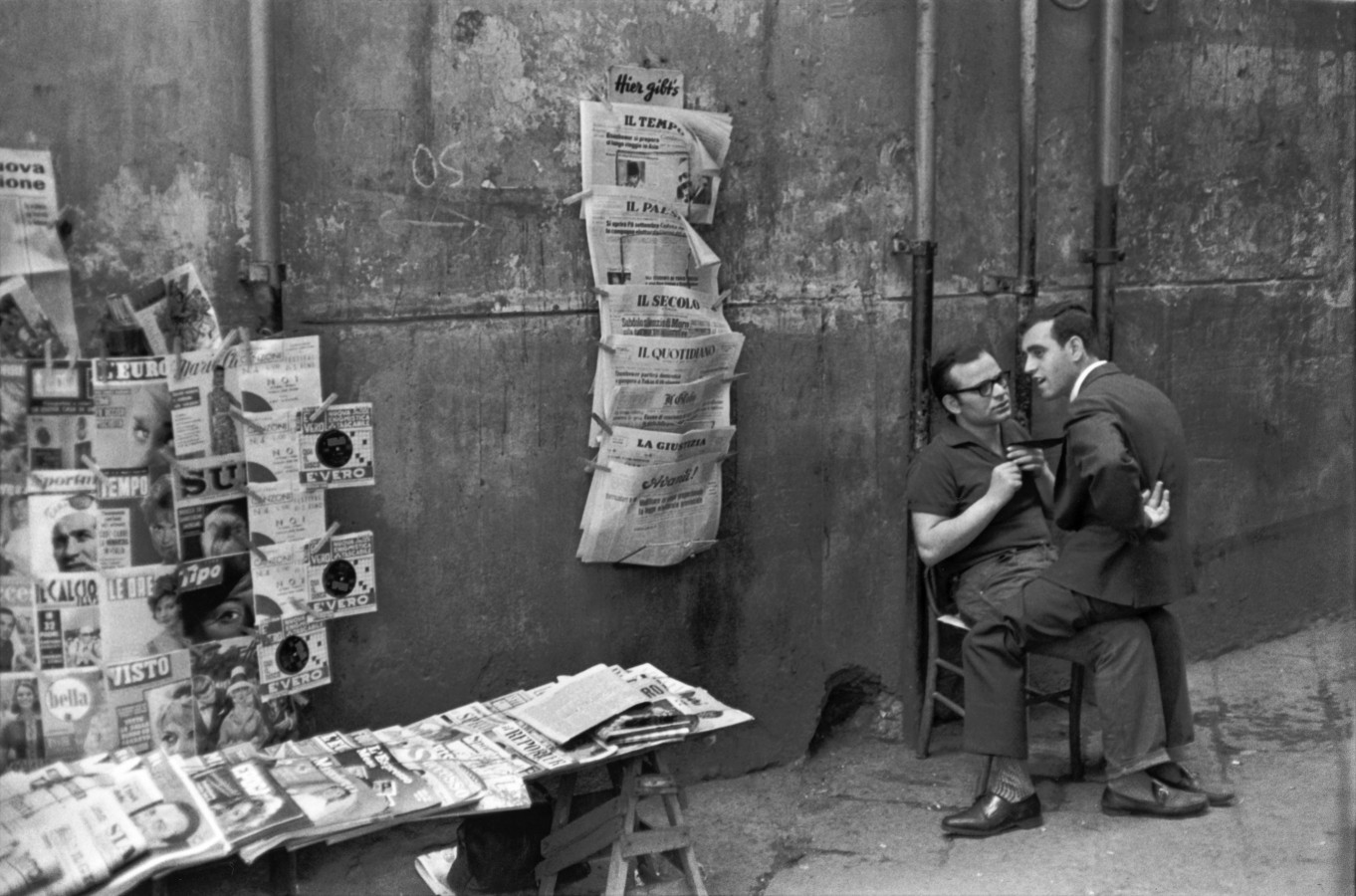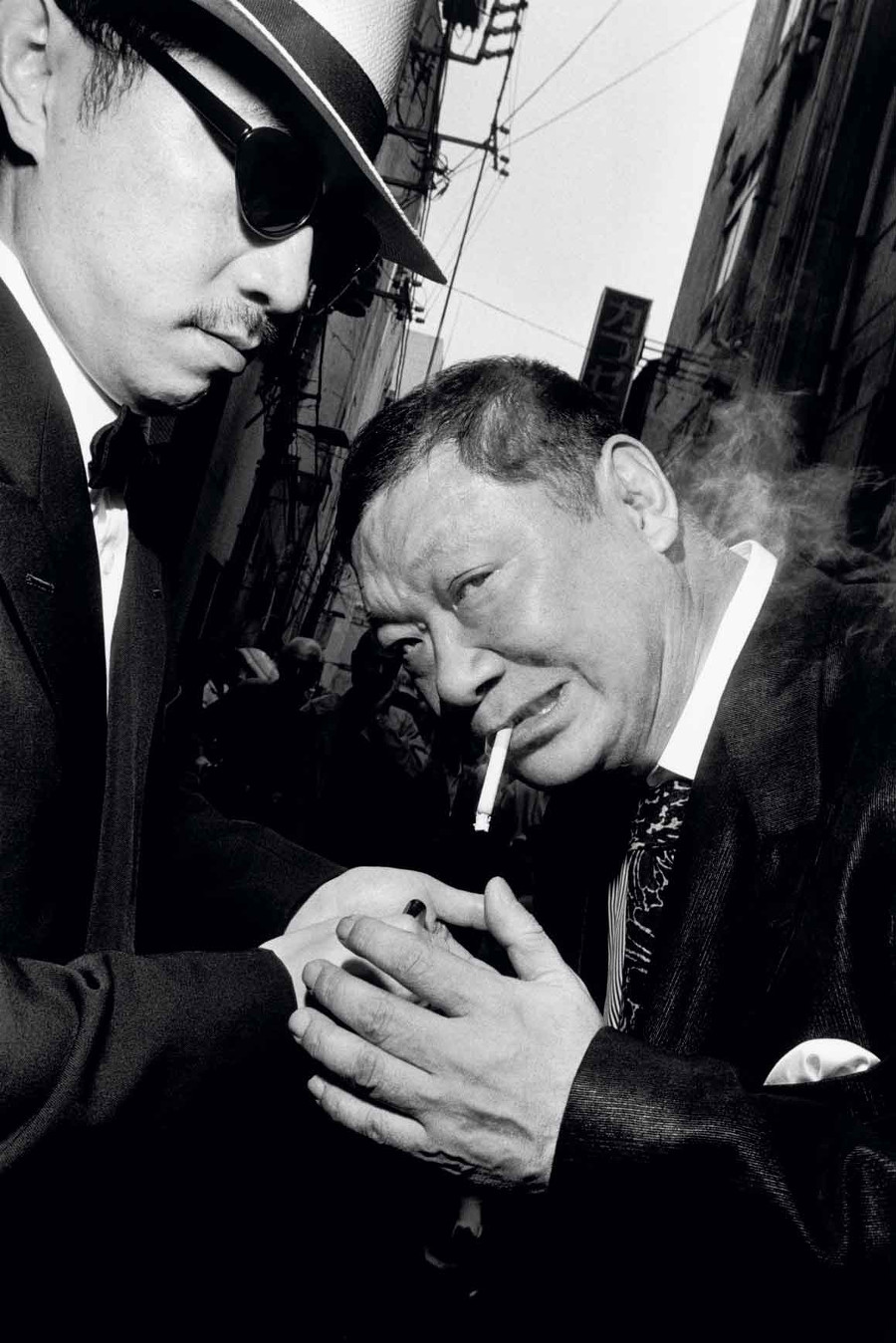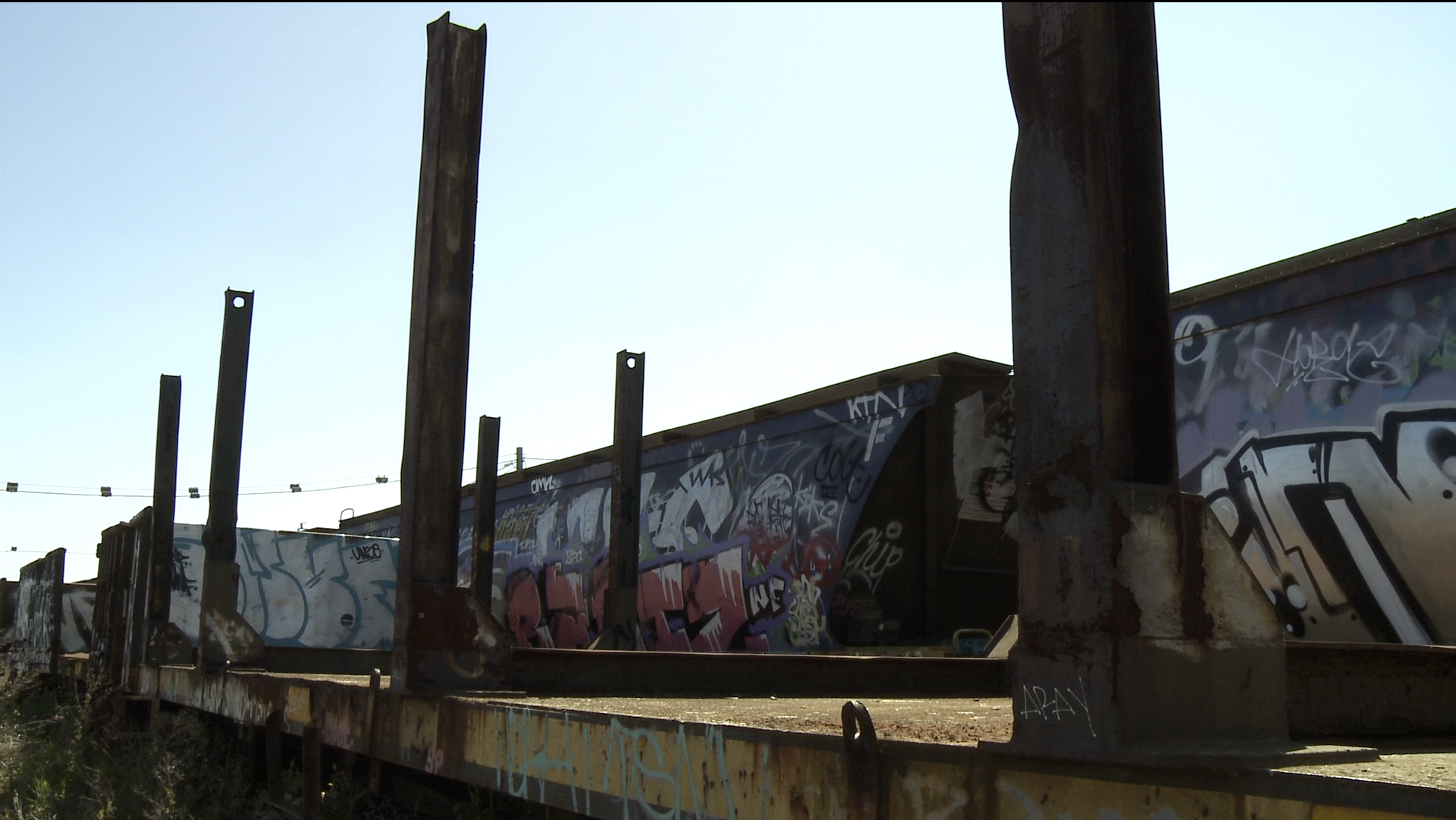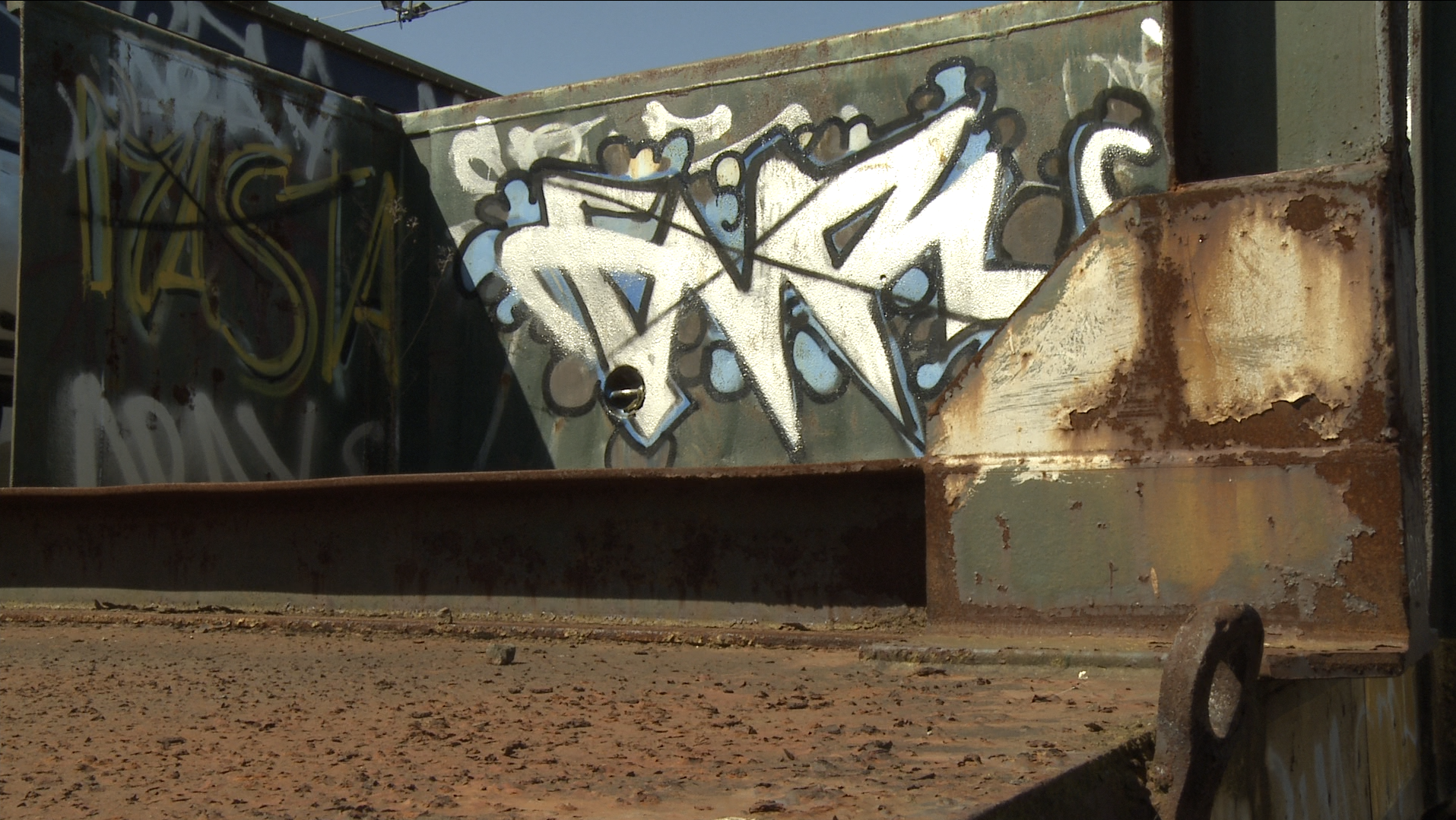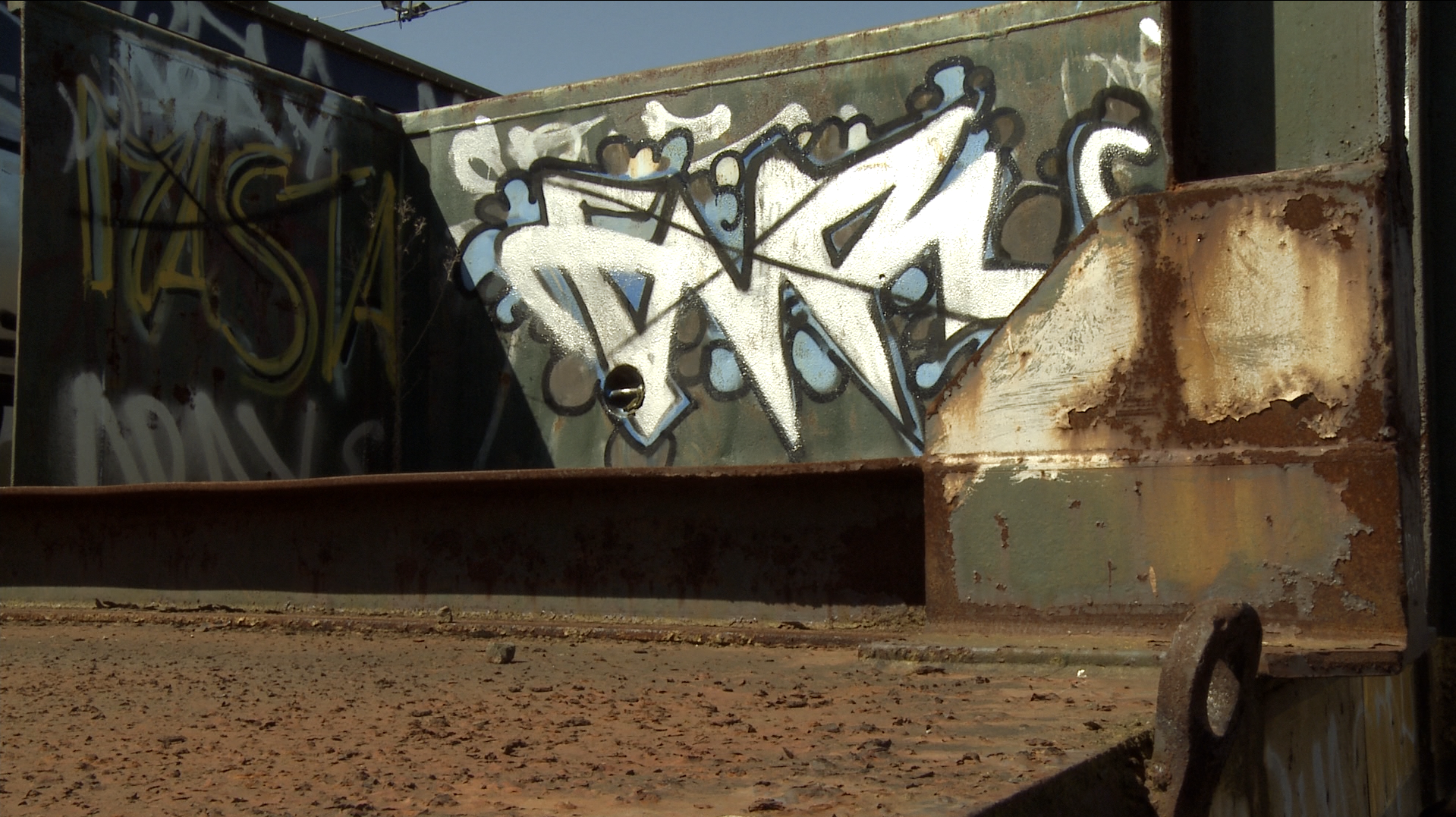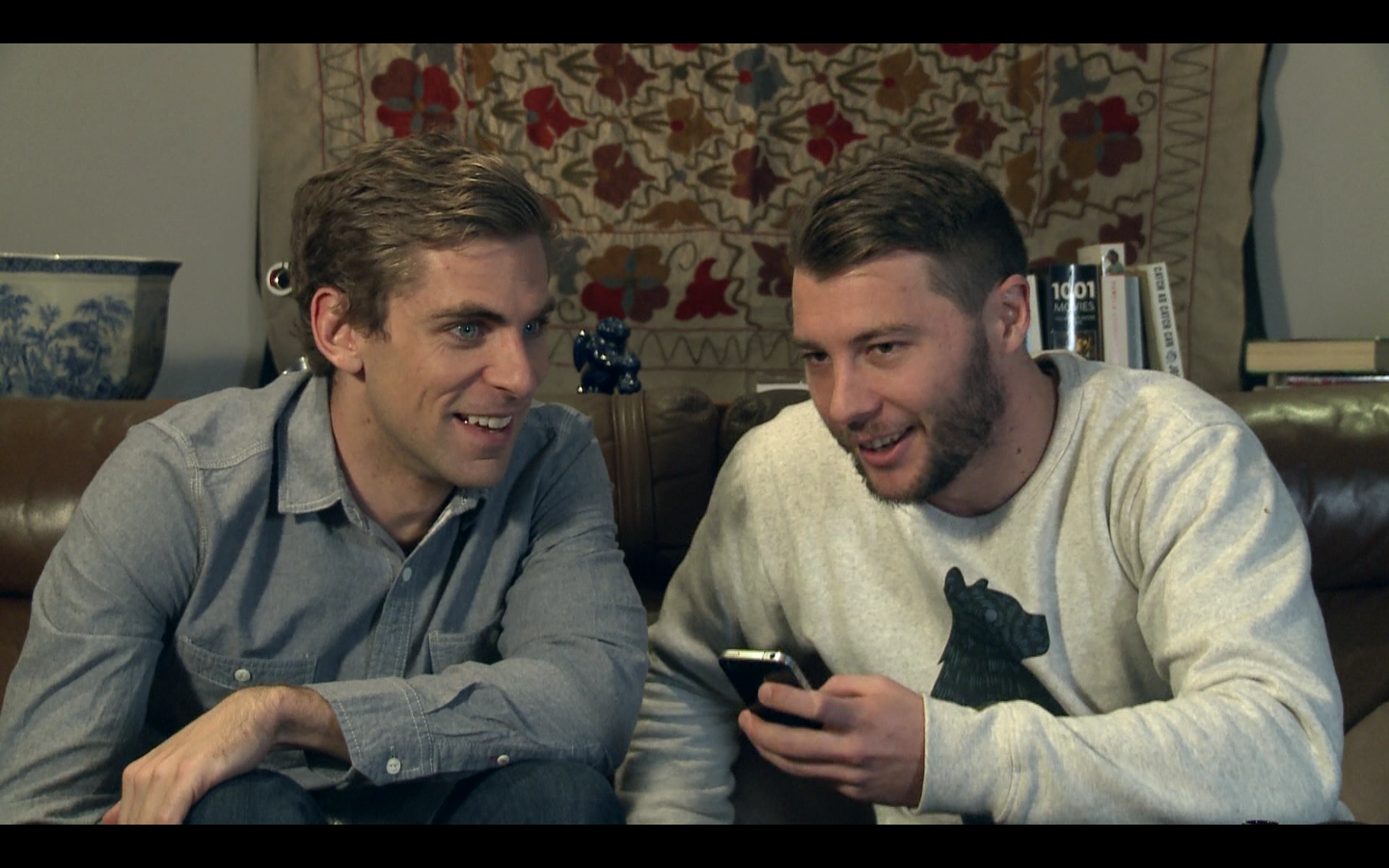Mise-en-scene
Mise-en-scene, also known as ‘the plastic of the image’, is a filmic technique which includes setting, lighting, costume and makeup, staging and performance, and finally, the framing of the shot that give us its composition. In original French, Mise-en-scene literately means ‘putting into the scene’. This notion briefly explains that filmmaker choose what to be shown in the scene.
According to Andre Bazin, the essence of mise-en-scene is depth of field and long take. These attracted Bazin for two essential reason:
1. It maintained the unity of space and the relationship between the objects within the space.
2. It gave the spectator, according to Bazin, the freedom to direct his/her own control over the viewing process, including what to look at it, in what order, for how long, and to to make their own synthesis of viewing process. Together they maintain ambiguity – the existential ambiguity present all around our life – of that space.
Montage
Montage is the creation of a sense or meaning not objectively contained in the image themselves but derived exclusively from their juxtaposition.
Also, Andre Bazin describes editing as a ‘series of either logical or subjective points of view of an event.’ Dealing with sound films, Bazin lists three motives for cutting:
1. As a purely logical descriptive analysis of the narrative.
2.As a psychological analysis from a character’s point of view
3.As a psychological analysis from audience’s point of view.
Bazin, however, opposes classical and expressive editing on the following counts. His statements refers montage style as ‘Trickery’. Bazin consider the psychological cutting within a scene does not add anything to the intent of the scene. If the scene has only one simple meaning why insult the audience’s intelligence with needless and obvious close-ups? Contrarily, if the scene is complex why presuppose only one meaning?The meaning is not in the image, it is in the shadow of the image projected by montage onto the field of consciousness of the spectator. In Bazin’s point of view, the expressive cutting removes the freedom on the part of the spectator to select for him or herself and removes whatever existential ambiguity may be present in the scene.
Decoupage
The French term, decoupage, has no English equivalent. Its literary definition is “to cut”, but is better described as construct in filmic language.
Noel Burch, in Theory of Film Practice, defines the three terms for which decoupage is interchangeably used for as: 1) The final form of a script replete with the required technical information. 2) The practical breakdown of the film’s construction into separate shots/sequences prior to filming & 3) The underlying structure of the finished film, which has probably deviated from the original “decoupage.”

